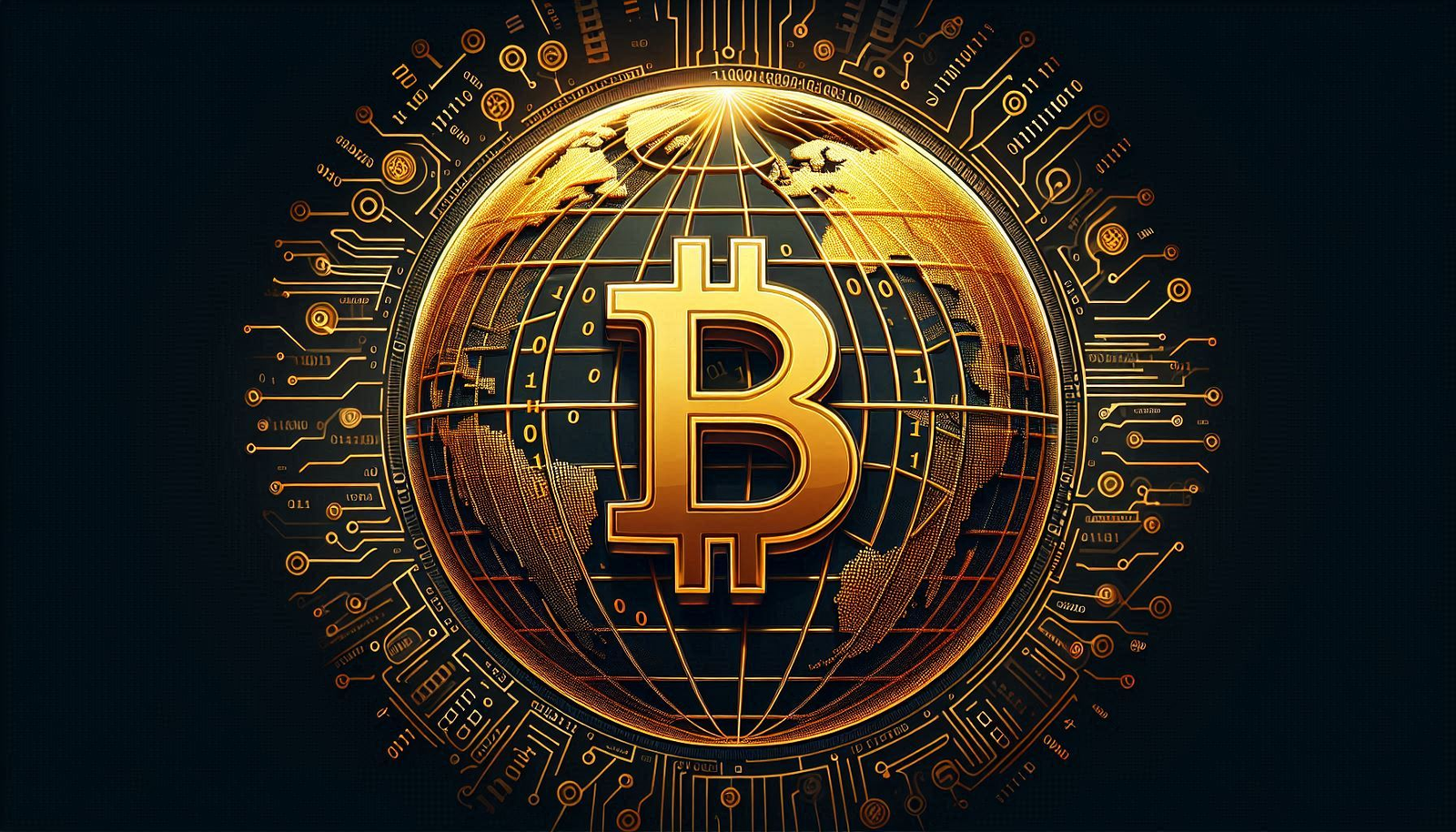Stablecoin Regulations Tighten: A Lifeline for Financial Stability or a Stranglehold on Innovation
Coinfomania
Stablecoin Regulations Tighten: A Lifeline for Financial Stability or a Stranglehold on Innovation?
The landscape of cryptocurrency continues to evolve, with stablecoins at the forefront of regulatory scrutiny. As governments and financial authorities around the world move to tighten regulations surrounding these digital assets, the debate intensifies: Are these measures essential for ensuring financial stability, or do they pose a threat to innovation in the crypto space?
The Rise of Stablecoins
Stablecoins, which are designed to maintain a stable value by pegging them to traditional assets like the US dollar or commodities, have gained substantial traction in recent years. They offer a bridge between the volatility of cryptocurrencies and the stability of fiat currencies, making them appealing for both investors and everyday users.
As of 2023, the market capitalization of stablecoins has surged, reflecting their growing adoption for various purposes, including remittances, trading, and as a medium of exchange. Prominent stablecoins such as Tether (USDT), USD Coin (USDC), and Binance USD (BUSD) have established themselves as critical components of the digital economy.
The Regulatory Landscape
In response to the rapid growth of stablecoins, regulators are increasingly concerned about their potential impact on financial systems. Authorities are particularly focused on issues such as consumer protection, market integrity, and systemic risk. In the United States, the Biden administration has proposed a framework to regulate stablecoins, emphasizing the need for transparency and robust risk management practices.
Similarly, the European Union is advancing its Markets in Crypto-Assets (MiCA) regulation, which aims to create a comprehensive regulatory framework for all crypto assets, including stablecoins. These regulations are designed to mitigate risks associated with stablecoins, such as liquidity issues and the potential for bank runs.
Implications for Financial Stability
Proponents of tighter regulations argue that they are essential for safeguarding financial stability. By imposing stringent requirements on stablecoin issuers, regulators aim to prevent situations where a mass withdrawal could destabilize the financial system. Such regulations are seen as a necessary step to ensure that stablecoins can serve as safe and reliable financial instruments.
Moreover, enhanced transparency and oversight could enhance consumer confidence, encouraging broader adoption of stablecoins for legitimate use cases. This could ultimately contribute to the stabilization of the broader cryptocurrency market, which has been plagued by volatility and speculative trading.
The Innovation Conundrum
On the flip side, critics argue that excessive regulation could stifle innovation in the crypto space. The dynamic nature of blockchain technology and decentralized finance (DeFi) requires a regulatory approach that fosters creativity and experimentation. Heavy-handed regulations could deter new projects and limit the development of innovative solutions that leverage stablecoins.
Additionally, there are concerns that overly strict regulations might lead to a fragmented market, where only a few large players can comply with the requirements, leaving smaller projects and startups at a disadvantage. This could result in reduced competition and a slowdown in technological advancements within the industry.
The Path Forward
Finding a balance between regulation and innovation is crucial for the future of stablecoins and the broader cryptocurrency ecosystem. Policymakers must engage in ongoing dialogue with industry stakeholders to develop a regulatory framework that protects consumers and maintains financial stability while still promoting innovation.
As the regulatory landscape continues to evolve, the future of stablecoins remains uncertain. Will they become a cornerstone of the global financial system, or will they be hampered by overregulation? Only time will tell, but one thing is clear: the conversation around stablecoin regulations is just beginning, and its implications will resonate throughout the financial world for years to come.


